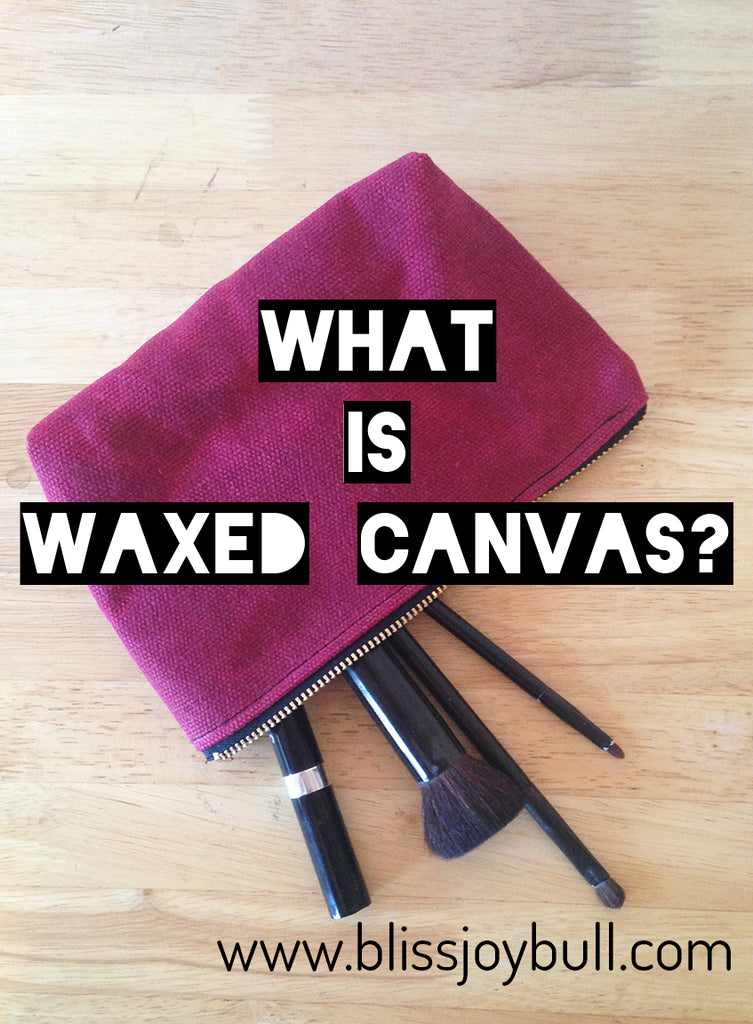Dreamt up in Chicago, baked in the Texas sun.
Waxed canvas is fabric infused with wax. It originated in the 15th century with mariners. Waxed canvas appears in many different products today. Products vary from motorcycle jackets, backpacks, to shoes. Mariners determined applying fish oils or grease to sailcloth made sailing more efficient. Sailors kept themselves dry with the same cloth. The signature yellow of fisherman's clothing came from the yellowing of linseed oil applied to cloth. Waxed canvas has come a long way since that time. Mass produced waxed fabric is usually petroleum based or a beeswax/paraffin mixture. Paraffin is a type of petroleum based wax. Here at Bliss Joy Bull, I wanted to use 100% beeswax to wax my canvas. I did some experimenting, which you can read about on this post How to Wax Canvas with Beeswax.
wasn't thrilled with the results so I went on a hunt to find beeswax waxed fabric. I found a company in Texas that was doing that! I sent them some swatches to do a test run. The fabric came back with a beautiful patina and a subtle honey scent. I've been working with them ever since. I like to say the fabric was dreamt up in Chicago and baked in the Texas sun. I now use this waxed canvas in my wallets, makeup bags, and toiletry bags.
It starts with 100% hemp canvas. The waxing company uses 100% triple filtered beeswax in the waxing process. Once the fabric is waxed, it's baked in the sun, where the wax permeates into the fabric. The result is a durable fabric that repels water. It also alters the appearance of the fabric, creating a more rigid material. As an added bonus, waxing the canvas with beeswax imparts a subtle honey scent. I started making bags with a petroleum based waxed canvas. Like this mini backpack, below.
I've been transitioning to using only the hemp waxed canvas in my products. Click to view more waxed canvas bags. What do you think would benefit from using waxed canvas?
To order your own waxed fabrics for small projects, click below.



Leave a comment